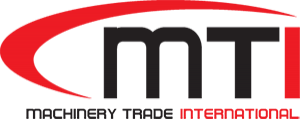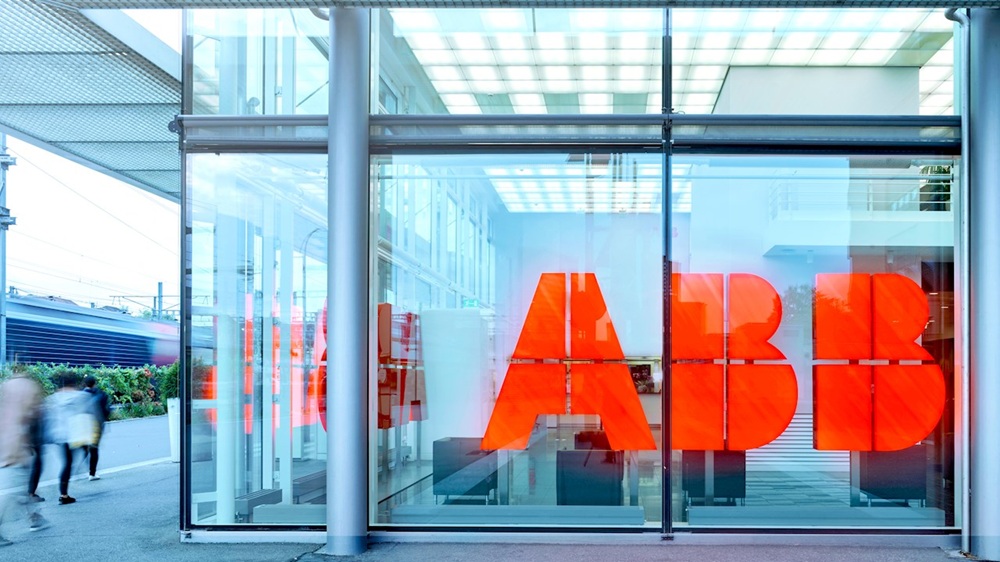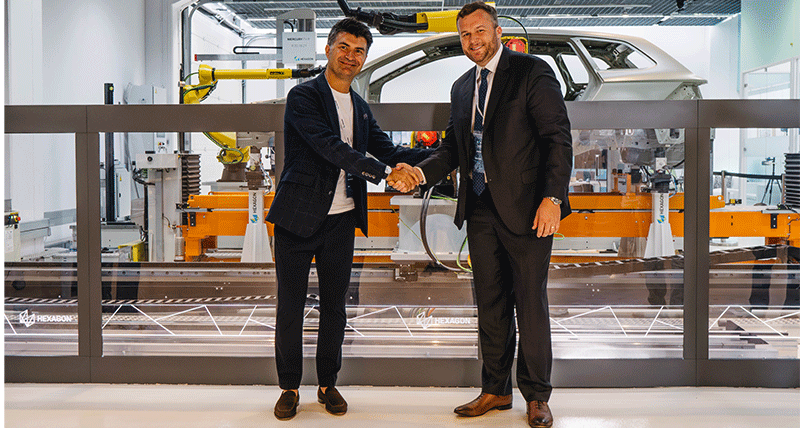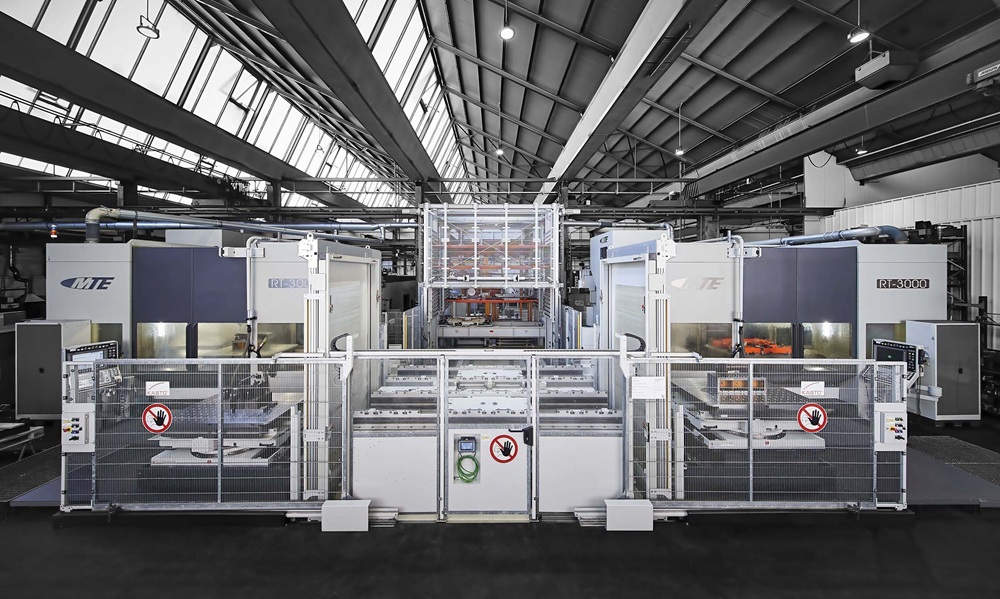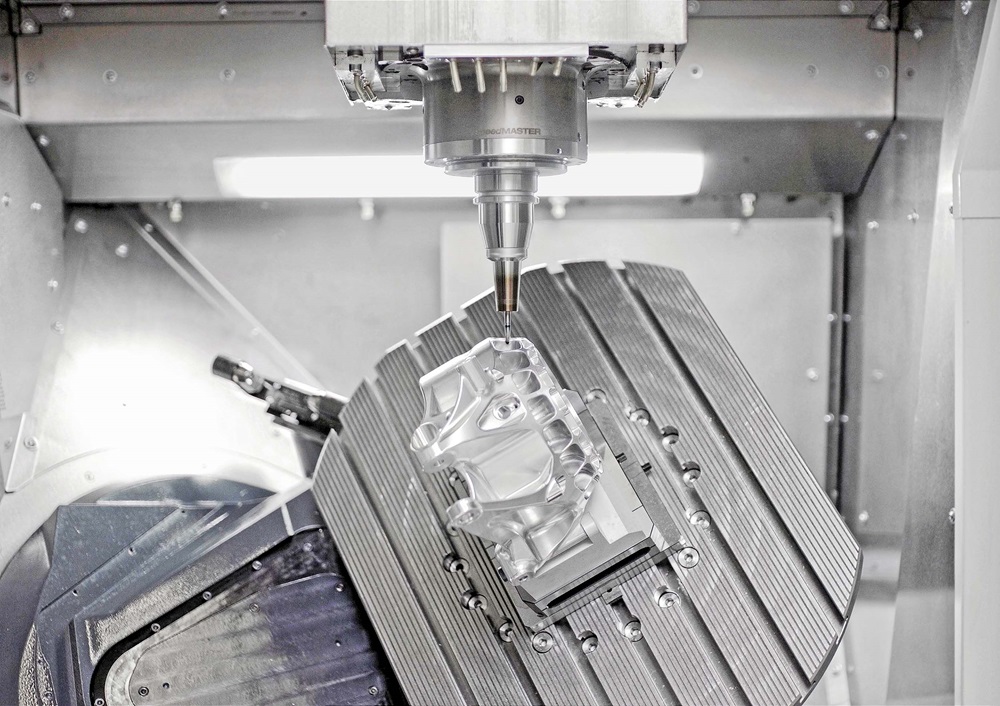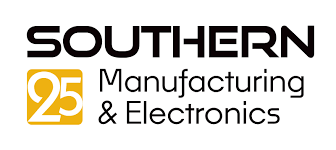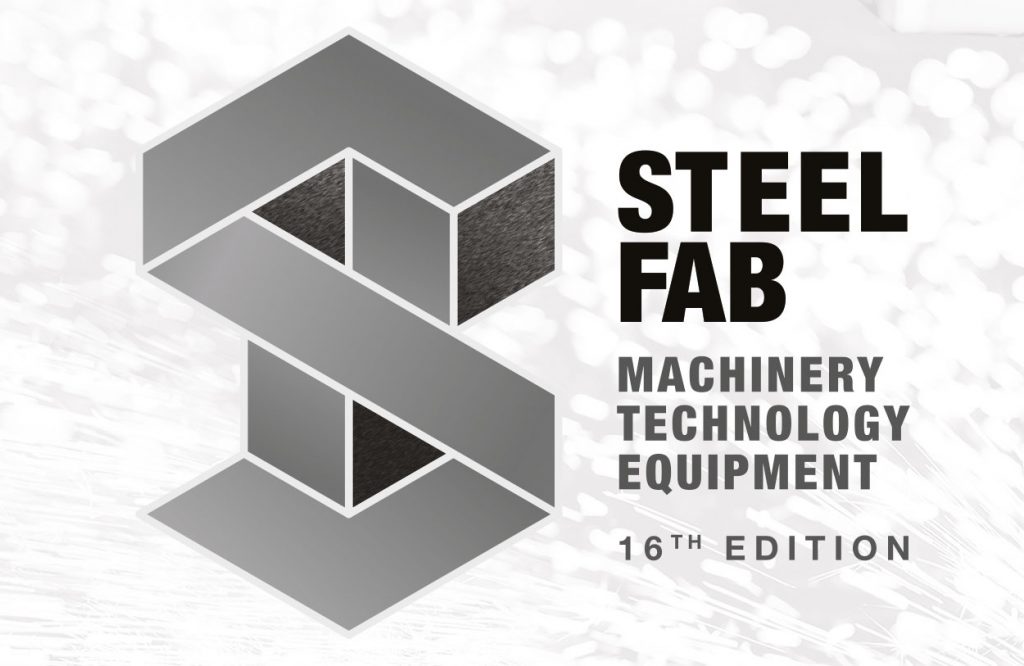ABB will launch a process to decide on the 100% spin-off of its robotics division. The intention is for the business to start trading as a separately listed company during Q2 2026. The board believes listing ABB Robotics as a separate company will optimise both companies’ ability to create customer value, grow and attract talent. Both will benefit from a more focused governance and capital allocation.
ABB Robotics says there are limited business and technology synergies between the ABB Robotics business and other ABB divisions, with different demand and market characteristics. The division believes this change will support value creation in both the ABB Group and in the separately listed pure play robotics business. The company will be listed with a strong capital structure, is well invested with a solid cash flow profile and operates through its local-for-local set-up with regional manufacturing hubs in Europe (Sweden), Asia (China) and the Americas (United States).
The ABB Robotics division has approximately 7,000 employees. With 2024 revenues of $2.3bn it represented about 7% of ABB Group revenues and had an Operational EBITA margin of 12.1%.
If shareholders decide in favour of the proposal, the spin-off is planned to be done through a share distribution, whereby ABB Ltd’s shareholders will receive shares in the company to be listed (working name ‘ABB Robotics’) as a dividend in-kind in proportion to their existing shareholding.
As from the first quarter of 2026, the machine automation division, which together with ABB Robotics currently forms the robotics and discrete automation business area, will become a part of the process automation business area, where the customer value creation ability in divisions will benefit from technology synergies for software and control technologies, for example towards hybrid industries.
More information www.abb.com
